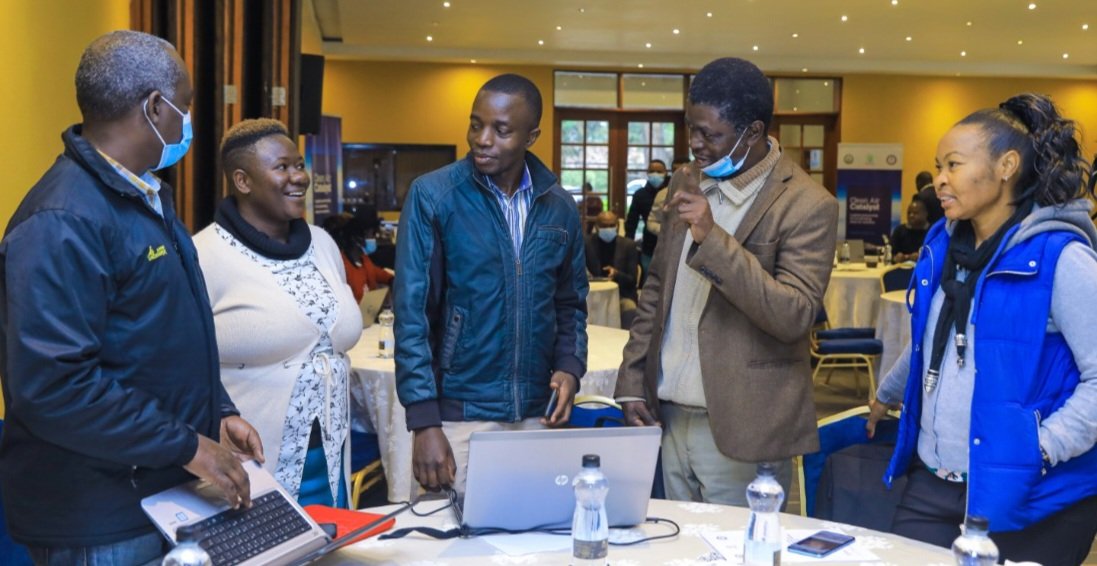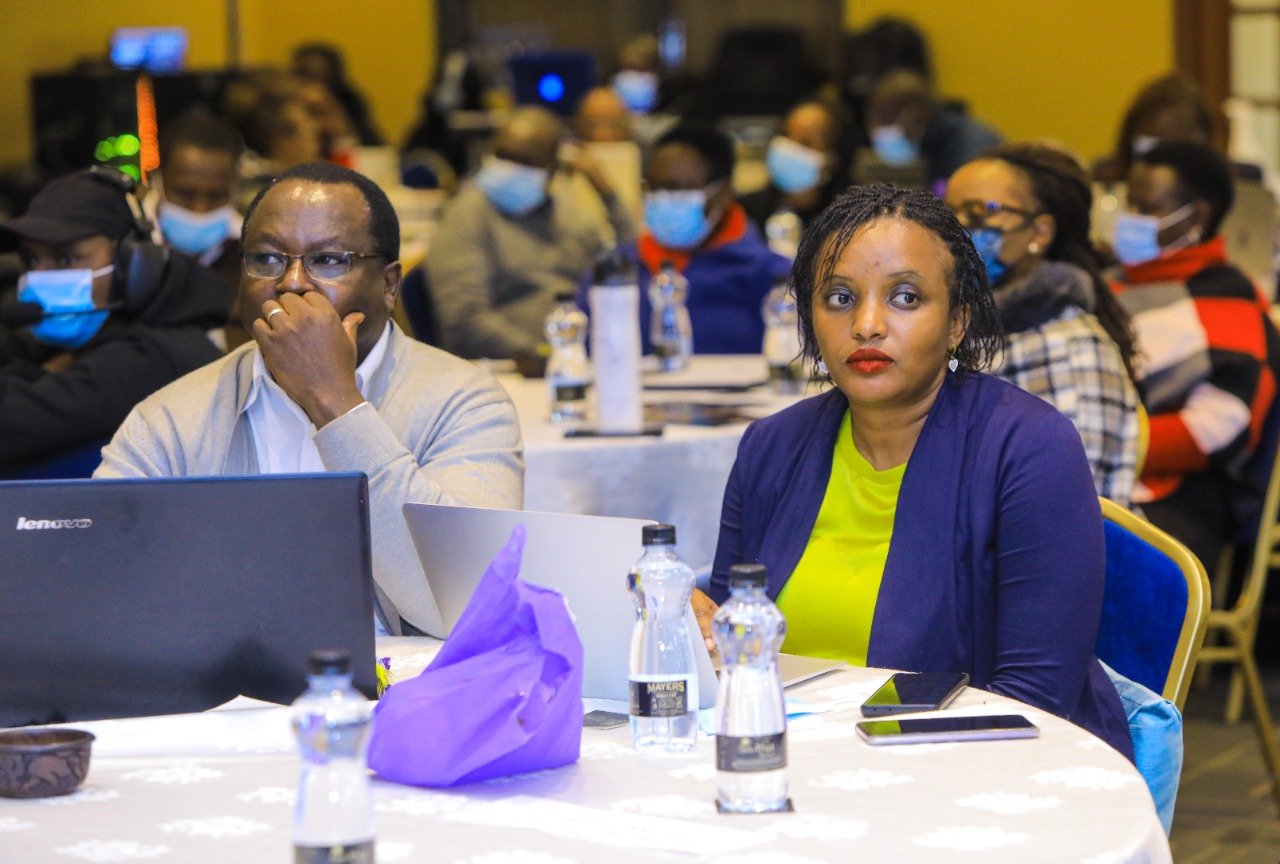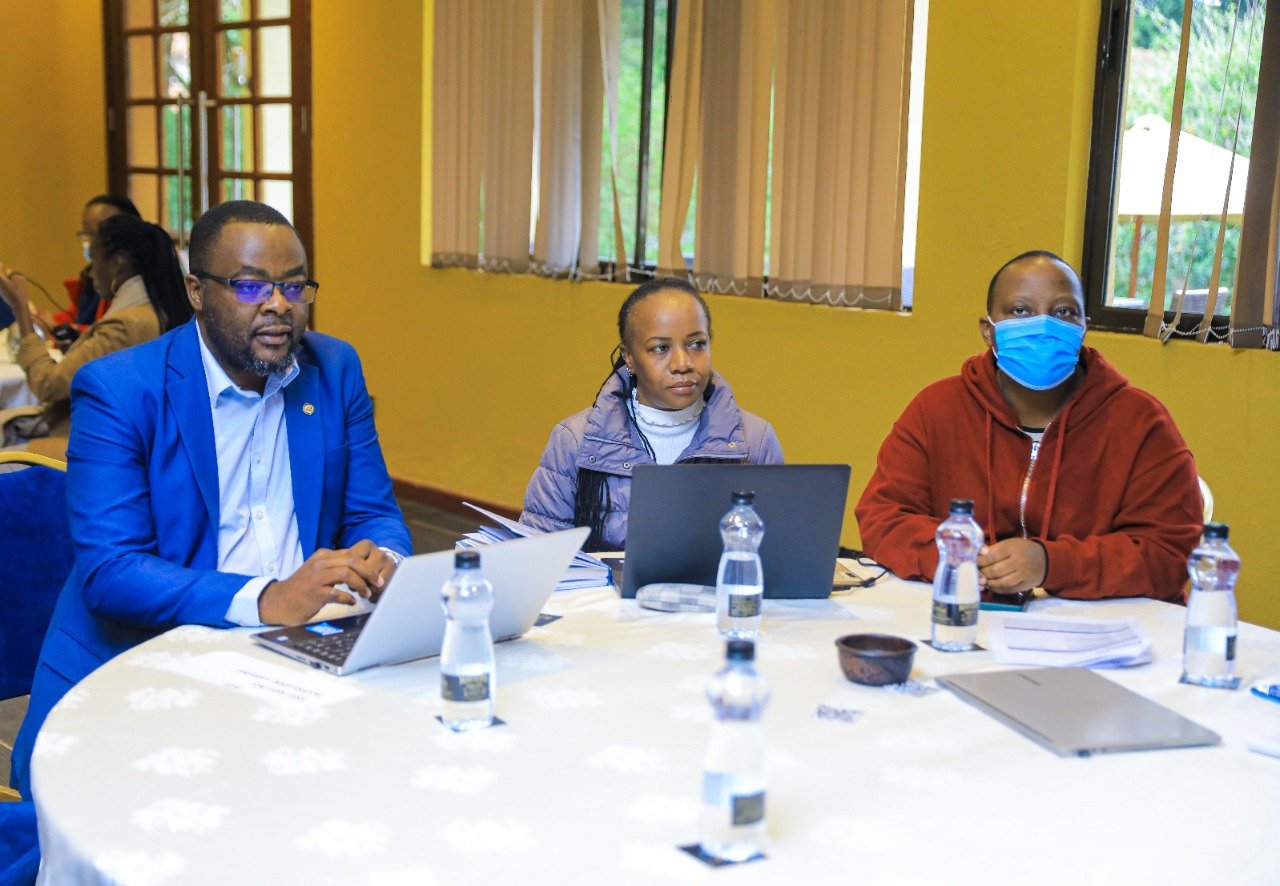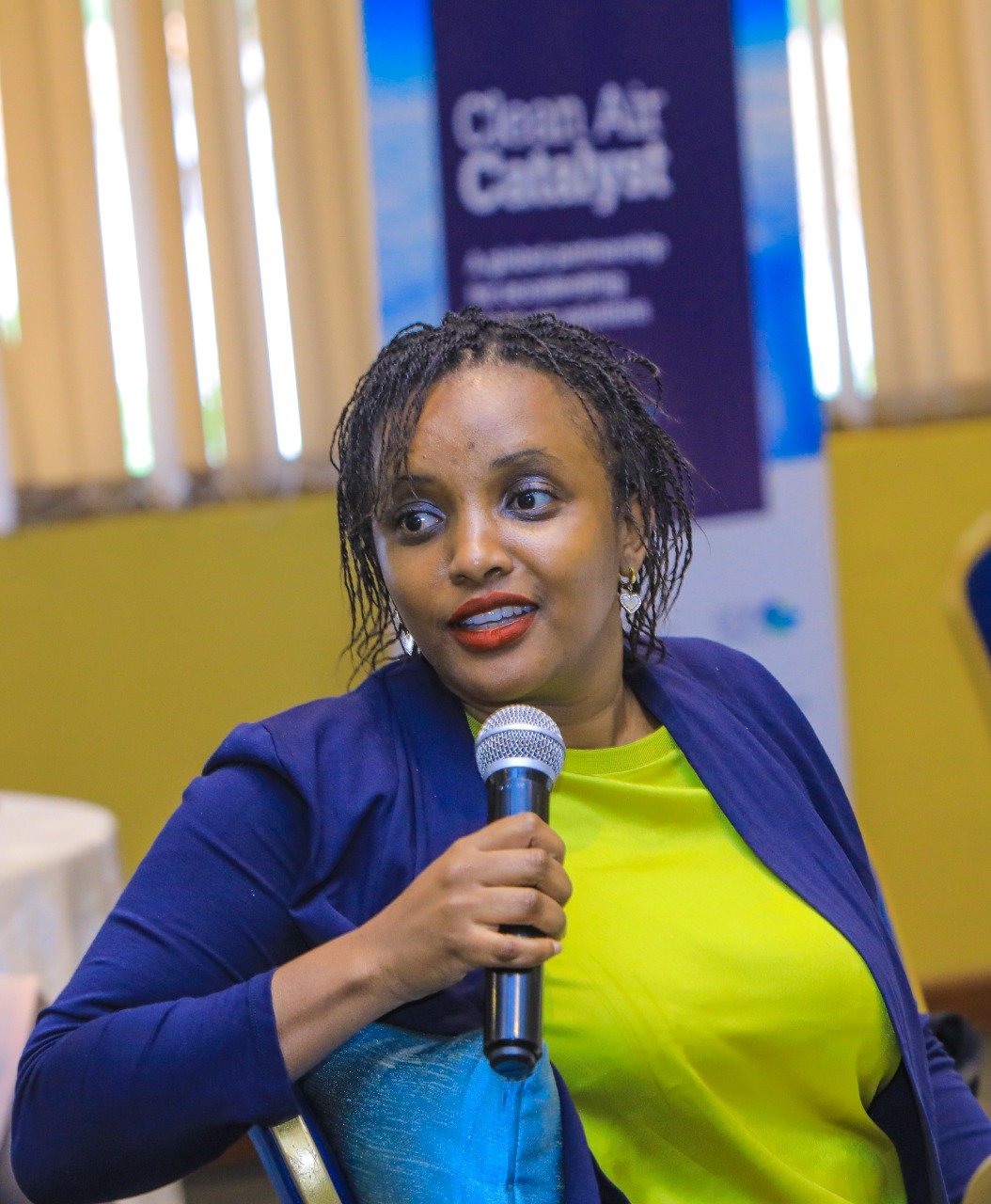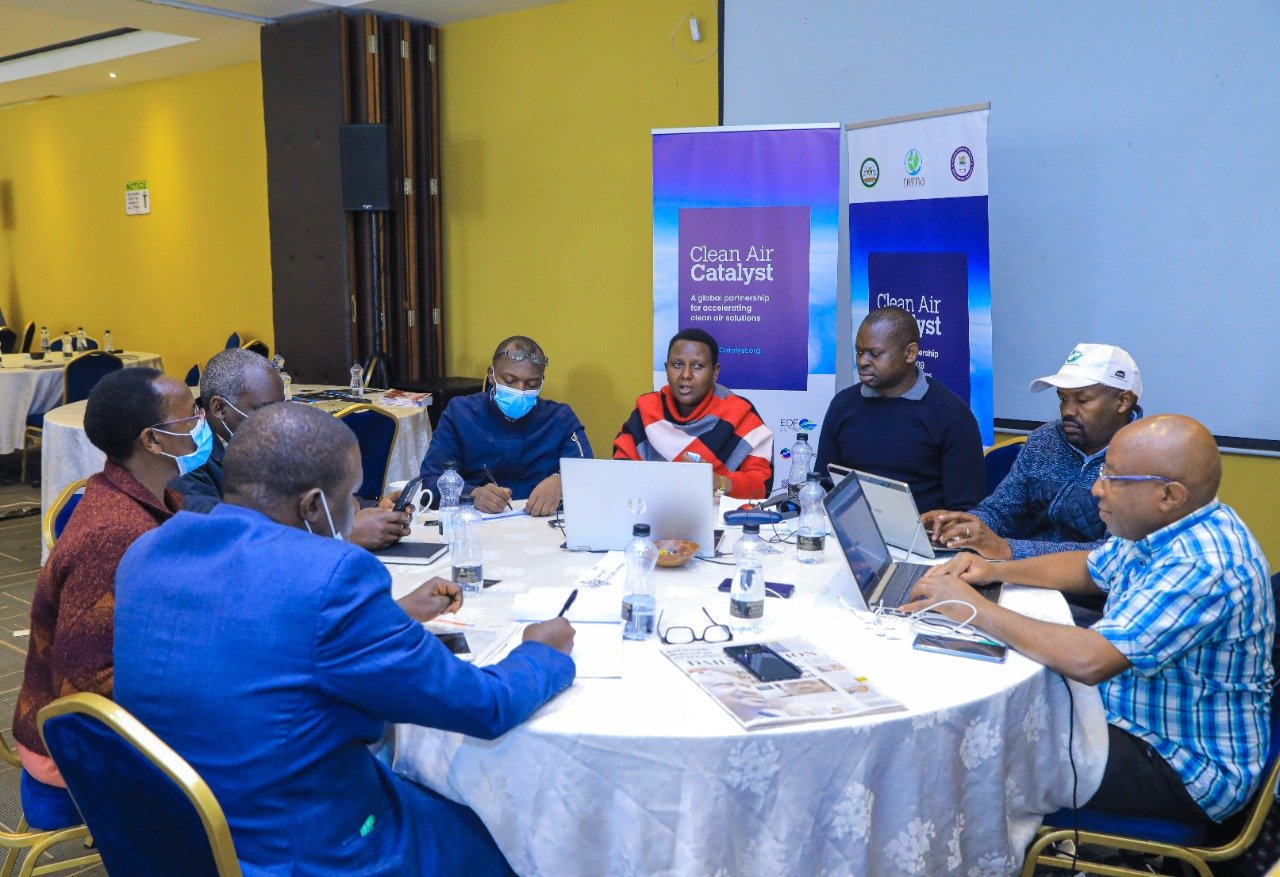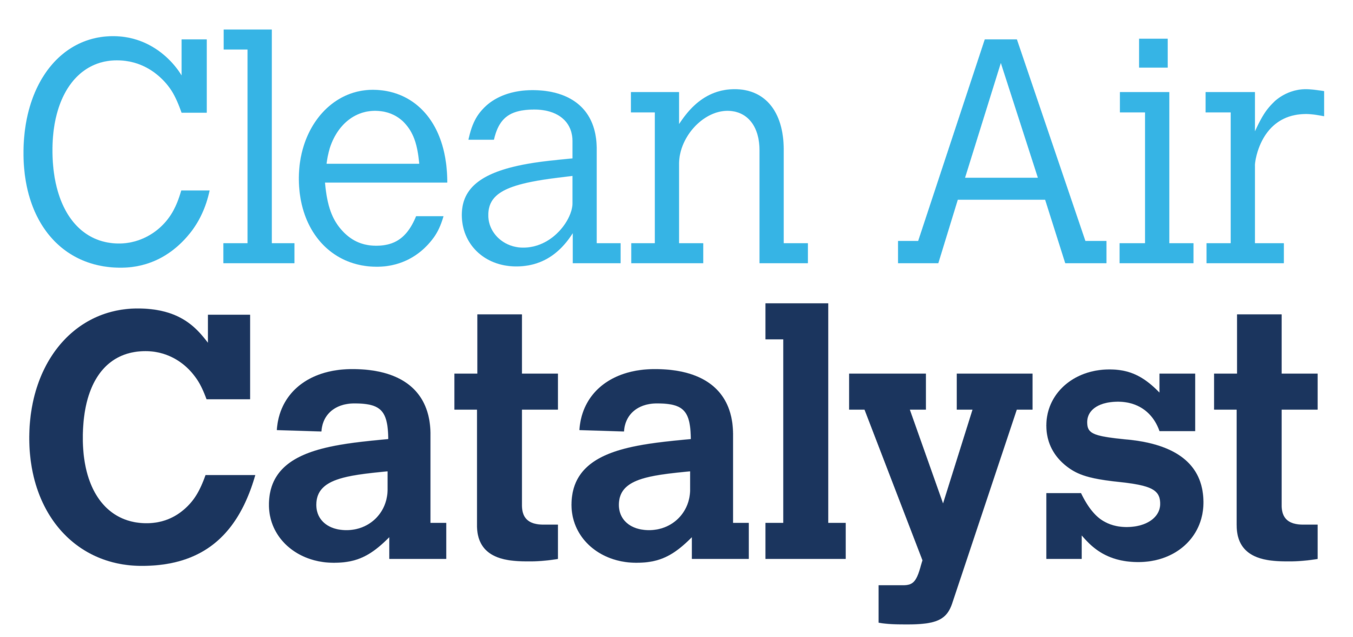Multistakeholder Forum: Source Awareness in Nairobi City - Day 3
21 July 22 — Day 3 of the Forum focused on communities most affected by air pollution in Nairobi: why and how they’re disproportionately affected, recommendations on how to address these issues, and how to integrate gender, health, and climate dimensions in air quality work.
Informal settlements in Kenya are home to close to 70% of the city’s population, which translates to a high burden of disease in these communities, mainly caused by air pollution. According to the African Population and Health Research Center, the risk of morbidity and mortality is significantly higher for children who live in slums largely due to respiratory infections. Yet, slums face exclusion in environment protection policies, and not much is accurately known about the health impact of poor air quality on its inhabitants, thus a health impact assessment is urgently needed to mitigate the impact of air pollution.
According to the World Health Organization (WHO), approximately 3.8 million people die each year as a result of indoor air pollution. In Kenya, unclean cooking energy is the major source of indoor air pollution. Due to traditional gender roles, women are responsible for sourcing cooking fuel as well as cooking at the household level, making them more vulnerable to the impacts of indoor air pollution. According to a study conducted by Groots Kenya, 80% of women in low-income areas are affected by indoor air pollution. Before this initial study was done, women in the study area were unaware of the effect of air pollution on their health. Empowering women with the information they need to champion clean air for themselves and their families could serve as a starting point to solve disparities in exposure and health impact.
To a large extent, communities are unaware of the causes of air pollution, and aren’t equipped to be part of the solution. Building individual and collective knowledge is critical to address air quality in vulnerable communities.
In addition, integrating clean air solutions with existing climate mitigation and adaptation actions, policies, and investments can maximize the climate co-benefits of improving air quality and reduce impacts on those most vulnerable to climate and air pollutant exposure.
A few recommendations that emerged from today’s discussion:
Conduct health impact assessment in vulnerable areas of Nairobi to gain a better understanding and evidence on the effect of air pollution.
Make data available and accessible for the public.
Identify and address the disproportionate impacts between genders, including how gender norms, institutional practices and power relate to differences in exposure and vulnerabilities.
Promote gender equity in air quality by empowering women economically, and equipping them with the information they need to become clean air leaders.
Empower marginalized communities to become change agents and decision-makers, and hold those in power accountable.
Influence policy and resource mobilization for more investment in clean energy.
Promote citizen science in designing solutions.
